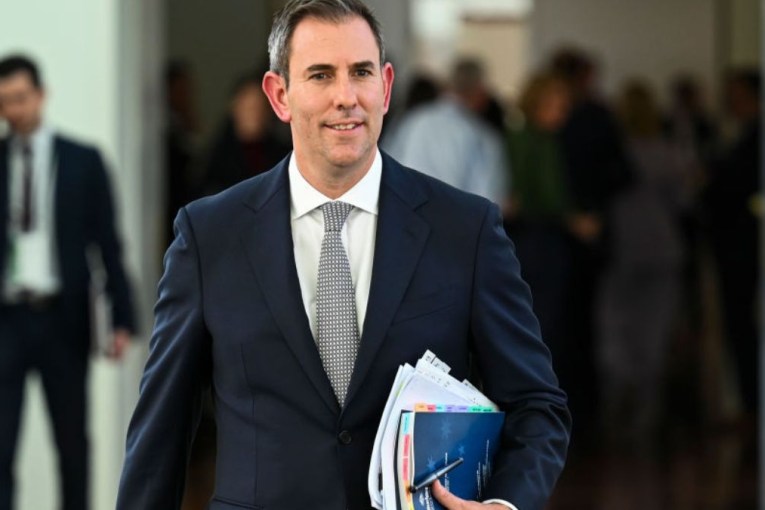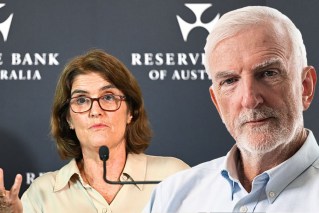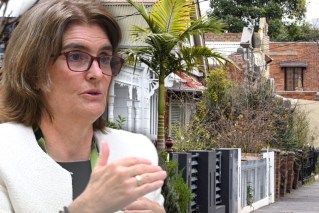Major changes are coming to childcare subsidies for Australian families within days, as the Albanese government makes good on one of its key election pledges.
But, ahead of the biggest shake-ups to the sector in years, many families might be surprised to find they won’t save anywhere near as much as they might have expected.
Under changes that take effect on Saturday (July 1), the maximum rebate that families can claim will increase from 85 per cent to 90 per cent, while families earning $80,000 or less will receive the subsidy at a rate of 90 per cent.
Over that threshold, rebates will decrease by 1 per cent for each extra $5000 of combined income.
Fee hikes
But there are signs in many cases that the extra handout to families is being swallowed up by hikes in childcare fees.
The Parenthood executive director Georgie Dent said there were often reasons beyond a providers’ control for why costs were rising, but she had seen some that were hard to justify.
“From the analysis that we have done, fee increases in the realm of between 7 to 9 per cent mean that the majority of families would still be better off,” she said.
“The issue that we’ve got is when families are receiving notices of fee increases that are over 10 per cent. We have seen a couple who had close to 15 per cent and I had one family who had a 19 per cent increase.”
Tweet from @The_Sniff_Test
Ms Dent said when huge fee increases came after 12 months of spiralling costs and on the eve of an increase to the subsidy, “it is a cause for concern”.
“For parents who have received notices of fee increases that are above 10 per cent, at best this is a miscalculation on the part of providers,” she said.
“At worst, it is potentially a cynical cash grab.”
Tweet from @_SimonMitchell
Helen Gibbons, executive director of early education at the United Workers Union, told The New Daily that while she applauded the federal government’s efforts to make child care more affordable for families, there were concerns about whether an industry already grappling with staff shortages would be able to handle the expected increase in demand.
“Early childhood educators are underpaid, and paying people properly is the only way to resolve the issue,” she said.
“Waiving fees for education and extra training is great, but it’s like throwing more people into a leaky bucket.”
The union wants the federal government to fund pay rises in the sector at multi-employer bargaining negotiations, to avoid the cost of future wage increases being passed onto families.
Ms Dent said the government was already looking at the issue “very closely”.
“The Prime Minister said that over the weekend, but we know the ACCC (Australian Competition and Consumer Commission) is looking at this exact issue right now,” she said.
Mr Albanese told reporters over the weekend he was confident the changes would “make an enormous difference”.
“Of course, over a period of time, childcare fees have increased. We’re conscious of that, but we need to look at this as a wholehearted change,” Mr Albanese said.
“Not only are we making these changes, we’ve also got a Productivity Commission review looking at the impact of this.”
Survey results show financial burden
Saturday’s changes follow an ACCC inquiry ordered by Treasurer Jim Chalmers last year into the market for the supply of childcare services.
An interim report is due on Dr Chalmers’ desk by Friday, before the full report is published later this year.
But more than 2000 initial responses to a survey organised as a part of the inquiry found that families across Australia were struggling with childcare expenses and fees.
ACCC chair Gina Cass-Gottlieb said the survey results, released on May 29, offered a vivid picture of the issues families were struggling with.
“The majority of families that responded to the survey so far said their childcare fees are ‘somewhat financially burdensome’ or that they struggle to pay their fees,” she said.
“Almost all families said their fees have increased in the past 12 months.”
The responses also revealed most families were spending more than a year on childcare waitlists to secure a spot – and some even joined before their child was born.
Many parents reported not being able to find a childcare place despite this. That meant they were delaying a return to work or study after having a child, or reducing their hours.
Legislated changes
The changes to the childcare subsidy were a centrepiece policy of Labor’s 2022 election campaign and are projected to cost $5.4 billion across four years.
Early Childhood Education Minister Anne Aly said early childhood education would be more affordable for about 1.2 million Australian families under the revamp, including 265,000 families in regional areas.
From July 1, hourly care rates will be capped for school-aged children at $11.15 for centre-based and outside-of-school care, and $11.80 for family day care.
For children below school age, rates for centre-based day care are capped at $12.74 and family day care at $11.80 an hour.
At-home care will be capped at $34.64 an hour per family.
Additional transparency measures will also require large childcare providers to provide financial information to the Department of Education.









